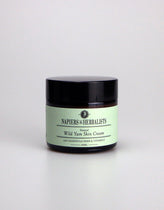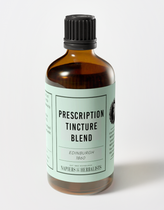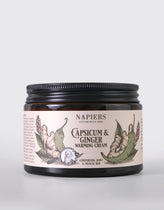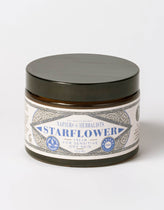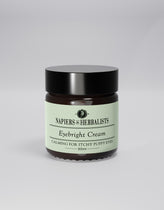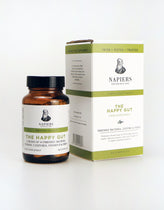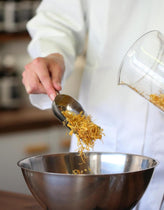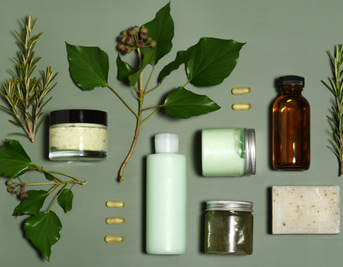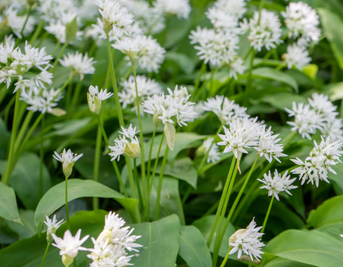Food allergies and food intolerance
FOOD ALLERGY
A food allergy is when your body’s immune system reacts to a normally harmless food, cosmetic or other substance. If you have an allergy, you will have a bad reaction even after eating a tiny amount of the food you are allergic to. Sometimes this happens quickly, often in minutes, but usually between 1 to 2 hours.
Sometimes the symptoms are mild but sometimes they can be very severe. A severe reaction is called anaphylaxis, or anaphylactic shock. This can be fatal and must be treated immediately, usually with an injection of adrenaline (epinephrine). People who know they have a severe allergy should carry their medicine (antihistamine tablets or adrenaline injections) with them at all times.
If you think you are allergic to something, you should ask for a test to confirm this.
FOOD INTOLERANCE
A food intolerance is not usually an immune system response. It is when food (e.g. lactose in dairy products) creates a reaction (e.g. diarrhoea) some time after eating. If you have a food intolerance you will probably still be able to eat the food in small amounts. However, even small amounts of some products, such as wheat, can produce a permanently uncomfortable feeling in the gut, and small amounts of milk can cause catarrh and the feeling of being permanently blocked up, in affected people. If you think you are intolerant to something, you should eliminate it from your diet for at least two weeks, note how you are feeling (a food diary is a very useful aid) and then reintroduce it and note any symptoms or reaction.
COMMON FOOD ALLERGENS
Although theoretically you could be allergic to any food, 90% of food allergies in the UK are to:
- cereals containing gluten (including wheat, rye, barley and oats)
- eggs
- milk
- fish
- molluscs (such as mussels and oysters)
- crustaceans (including crabs and prawns)
- peanuts (groundnuts or monkey nuts)
- tree nuts (including brazil nuts, hazelnuts, almonds and walnuts)
- sesame seeds
- soya
- celery (and celeriac)
- lupin
- mustard
- sulphur dioxide or sulphites
COMMON FOOD INTOLERANCES
- gluten (wheat, rye and barley)
- dairy products (particularly cow's milk, cheeses, cream)
MORE INFORMATION ON ALLERGIC REACTIONS
Oral allergy syndrome include itches or rashes around the mouth and lips. It sometimes affects hay fever sufferers who are sensitive to pollen or people who are allergic to latex (rubber). One of our Napiers' customers tells me that if she is kissed by someone who has eaten a brazil nut, she will react to it!
Cooking sometimes negates allergens. For example, someone who is allergic to raw apples might be able to eat cooked apples. However, some cooked vegetables like celery or celeriac are more allergenic when cooked than raw.
If you have an allergy it is crucial to read labels on absolutely everything that you come into contact with – not just the food and drink. For instance, cosmetics sometimes contain nut oils, shampoos sometimes contain fruit extracts.
ATOPIC ALLERGIES - IT RUNS IN THE FAMILY!
Allergies can run in the family. If others in your family have eczema, asthma or a food allergy you may also develop an allergic reaction to something. Similarly if you have asthma or an allergic skin condition, you are more likely to also develop a food allergy as well.
The tendency to develop allergies is called being 'atopic'. You can either have cross-reactivity and react to unrelated allergens (e.g. cat hair and brazil nuts) or you can react to related groups of allergens (e.g. peanuts and peas and beans).
ALLERGIES IN CHILDREN
Food allergies affect 5-8% of young children and 3-4% of adults. Since 1990 food allergies have been on the rise. The number of children hospitalised for anaphylactic shock, due to a food, has risen by 700%.
Theories for this increase in allergies include changes in our diet away from fresh foods and home cooking, and the move toward processed and convenience foods. It may also be that higher levels of cleanliness and hygiene do not expose children to enough germs to stimulate their developing immune systems. However, many children grow out of egg, milk, wheat and soya allergies by around five years old. It may be that the developing immune system changes its response or that the gut matures. However, allergies to peanuts, seafood, fish and tree nuts are seldom grown out of.
MANAGING YOUR ALLERGY OR INTOLERANCE
The only cure for a food allergy or intolerance is to avoid the food you are sensitive to, to prevent a reaction. However, be careful not to eliminate entire food groups from your diet without advice from a dietitian or nutritionist, or you could end up with an unbalanced diet without some essential nutrients.
You can also get food sensitivity tests from the NHS and from many private clinics. Desensitisation research is still in its infancy. Make an appointment with your medical herbalist, nutritionist or doctor if you need help and advice.
Your GP may, or may not be helpful. Current mainstream thought is that around 30% of people think they have a food allergy or food intolerance, but researchers think this more than is really the case. For example, a Food Standards Agency report in 2008 estimated that only 5-8% of children and 1-2% of adults actually have a food allergy. Clearly, there is a big disparity between what research thinks and what people believe that their gut is telling them.
We think that it is common sense that if you feel healthier and more comfortable without a certain food, then there is an obvious benefit in avoiding it, as long as you are still following a healthy, balanced diet.
Listen to your body!
by Monica Wilde. Jan 2013.

